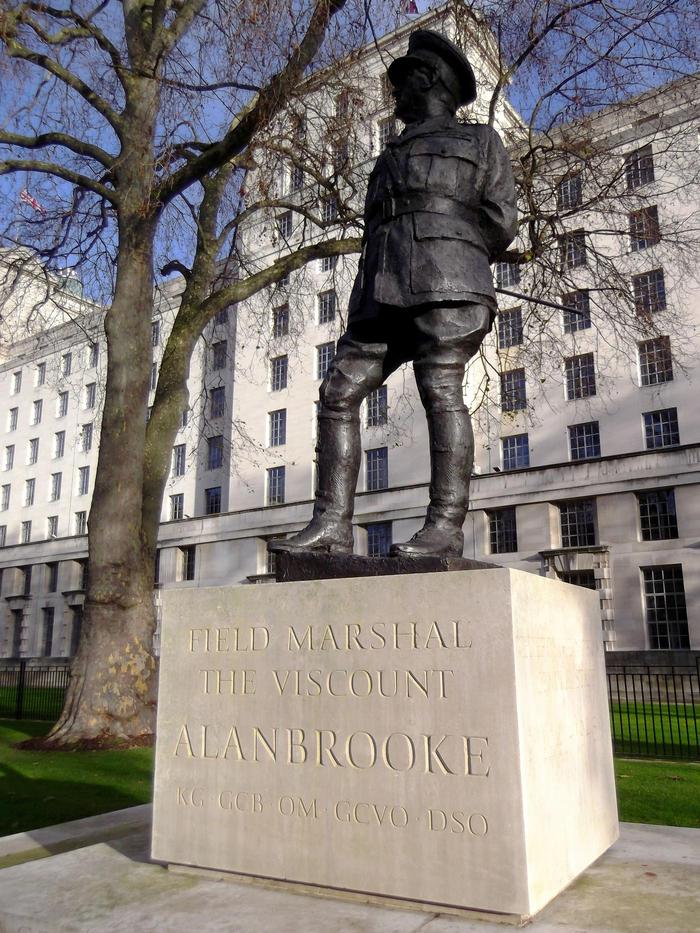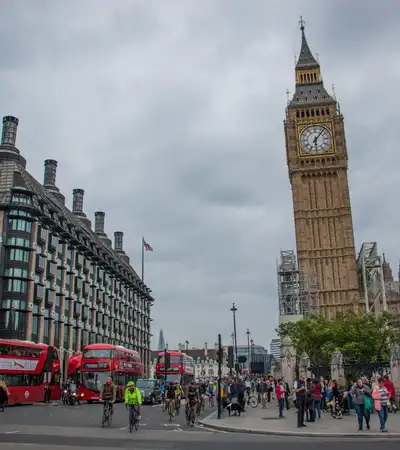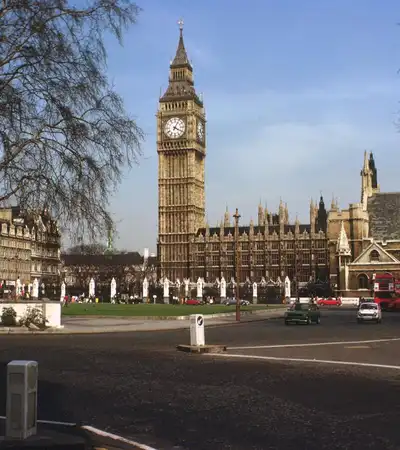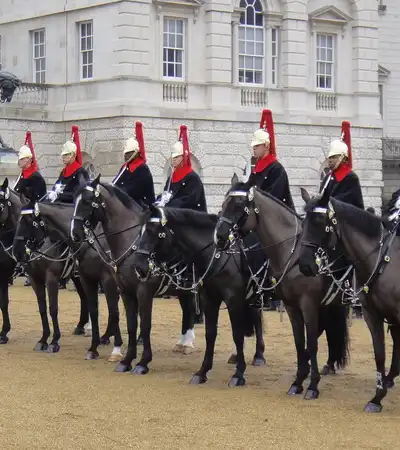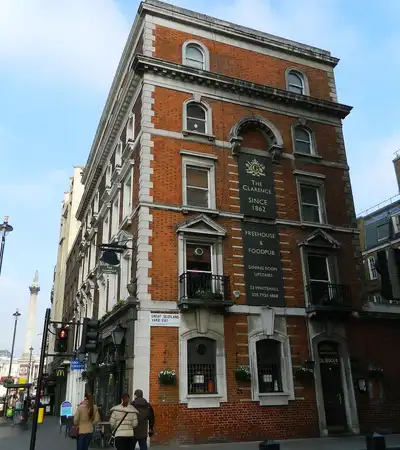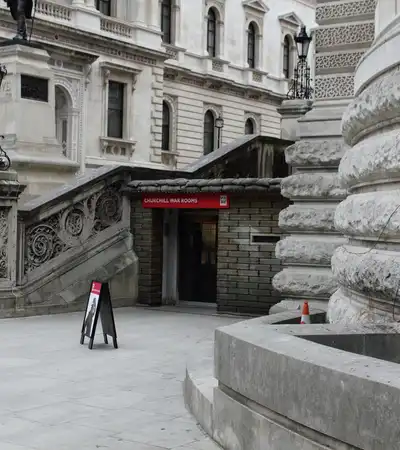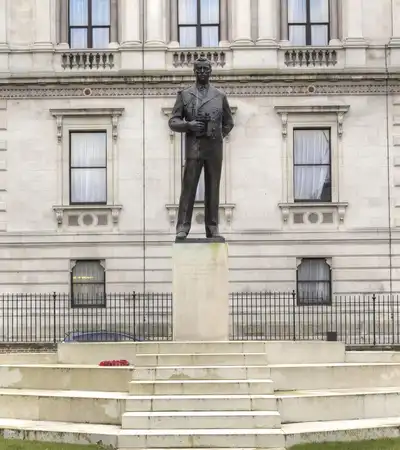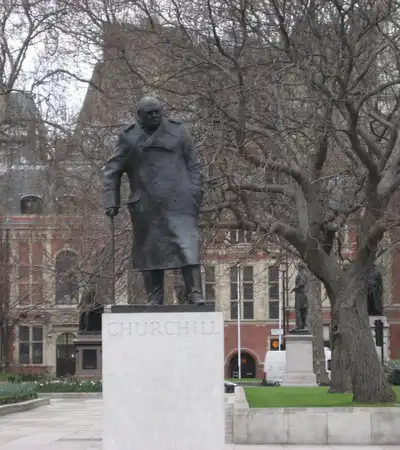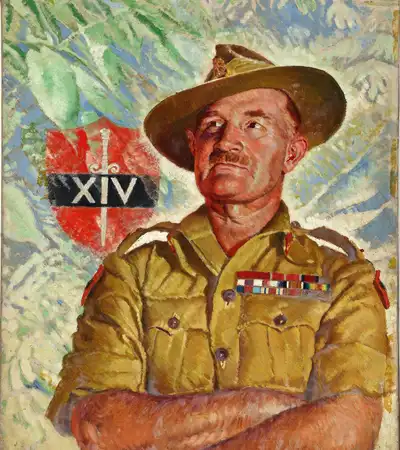Field Marshal Alan Brooke, 1st Viscount Alanbrooke, was not just any military leader; his strategic mind was crucial in shaping the Allies' victory in World War II. Yet, despite his monumental role, many might walk past his statue outside the Ministry of Defence in London without a second glance. His story is one of unsung heroism, a man who balanced the tempest of war with a calm, analytical mind.
Born in 1883, Alan Brooke became Chief of the Imperial General Staff during the war, the professional head of the British Army. He was, for lack of a better term, Winston Churchill’s right-hand man in military affairs. Their relationship was complex—marked by intense debates and mutual respect. Brooke was known for his blunt honesty and ability to counterbalance Churchill’s more impulsive strategies.
Now, if you're planning a trip to London and have an interest in history, finding Alan Brooke's statue can be a starting point for exploring World War II's profound impact on the city. It's not just about checking another site off your list; it’s about understanding the layers of stories behind each historical figure represented around the city.
While Brooke's contributions were pivotal, they were often overshadowed in popular memory by more flamboyant figures like Churchill himself. This is somewhat ironic, as Brooke’s strategic decisions were instrumental in many key outcomes of the war. For instance, his insistence on building up adequate resources before launching significant campaigns was crucial in the Allies' success.
Visiting his statue might initially seem like a simple act of historical tourism, but it’s actually a gateway to appreciating the complexities of wartime leadership. Brooke's legacy is a testament to the power of strategic thinking and patience, qualities that can sometimes seem at odds with the urgent tumult of war. This is where the mild contradiction lies—while war often demands rapid action, Brooke's effectiveness came from his deliberate, measured approach.
In weaving through the streets of London, you’re not just walking through a modern city, but stepping back into a historical tapestry. Each monument and statue isn’t just a figure cast in bronze or stone; they are bookmarks in the narrative of the city, each with a story that contributed to shaping the world as we know it today. Understanding Brooke’s role can give a deeper appreciation of the strategic battles fought not just in fields, but in the war rooms of London.
So, when you next visit London, take a moment at Alan Brooke’s statue. Reflect on the quiet, strategic decisions that don’t always make it into the flashier annals of history but are crucial to understanding the full spectrum of wartime leadership. It’s not just about the battles fought; it’s about the minds that led them, often from behind the scenes, and the quiet power of thought that can sometimes be the strongest weapon of all.
